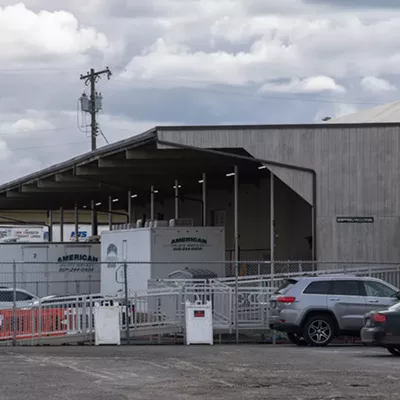Spokane Regional Light Rail Project Manager K.C. Traver says that his organization is currently putting the finishing touches on an environmental impact statement for light rail in this area. The document, which just received approval from Federal Transit Administration officials in Seattle, will be released in about two weeks, kicking off a 45-day public comment period, along with at least one public meeting.
At the same time, the group is organizing its fourth public survey in several years, to be undertaken later this month. Unlike previous surveys, which gauged community knowledge and support of light rail, this one will present the public with various concrete transit options and inquire which would be the most appropriate for the area, and how much they'd be willing to pay for it.
The options range from a full-blown dual-track electric light rail system to a more limited bus rapid transit system. Price tags for the various proposals range from $65 million to $658 million. All would run from downtown Spokane to Liberty Lake, with the possibility of expanded connections (to Coeur d'Alene, to the airport, etc.).
Sounds far-fetched, but Traver doesn't think so. He says Spokane is at a perfect point to consider its alternatives, with a corridor that is not yet too congested and many rights-of-way already under public ownership. Because of this, he says, costs for the various transit options range from $12.5 million to $36 million a mile. That, says Traver, would make Spokane "one of the least costly light rail projects in the nation that we're aware of."
Compare that to Seattle, where the light rail project is faced with heavily cluttered corridors and few rights-of-way. The cost per mile there is more like $175 million a mile.
The survey results will wind their way through a light rail steering committee and the group's board of directors (made up of nine local elected officials) by April. A vote on light rail implementation could come up by this fall.















